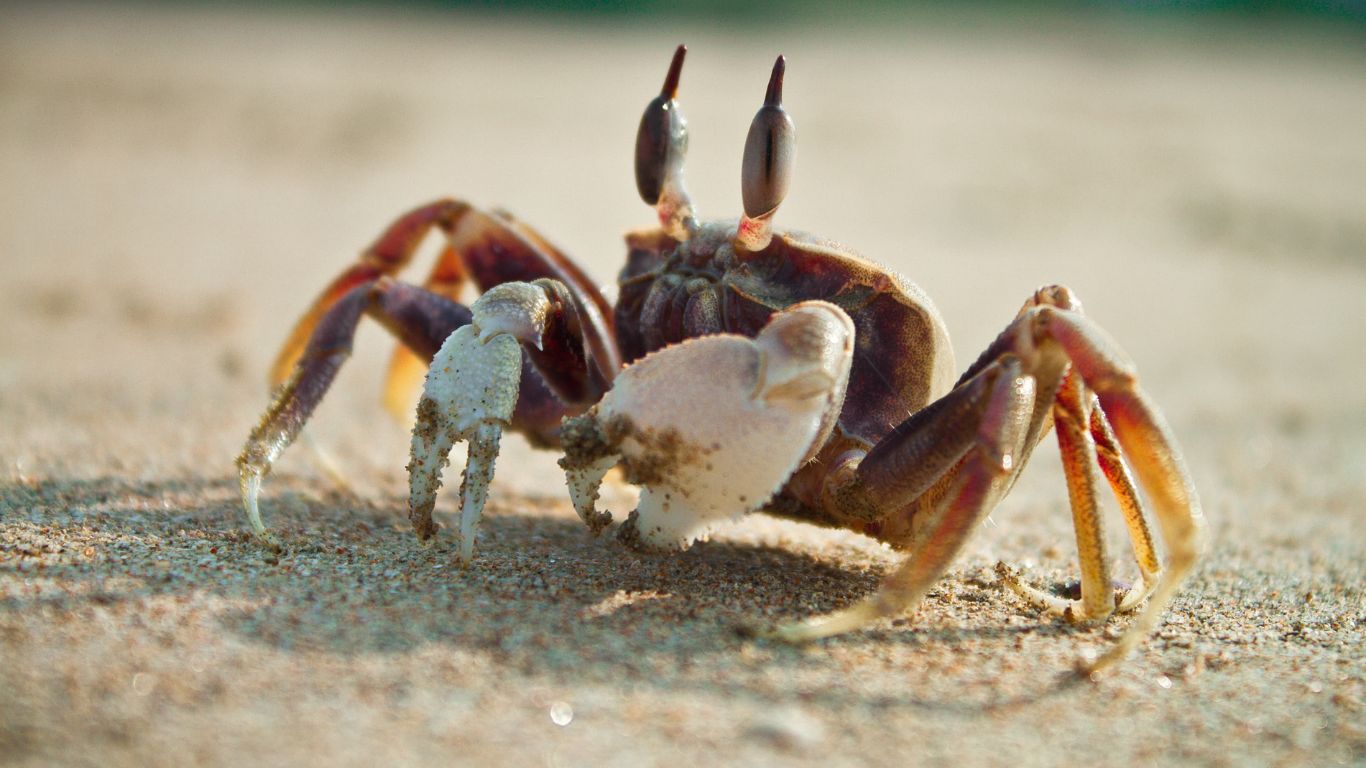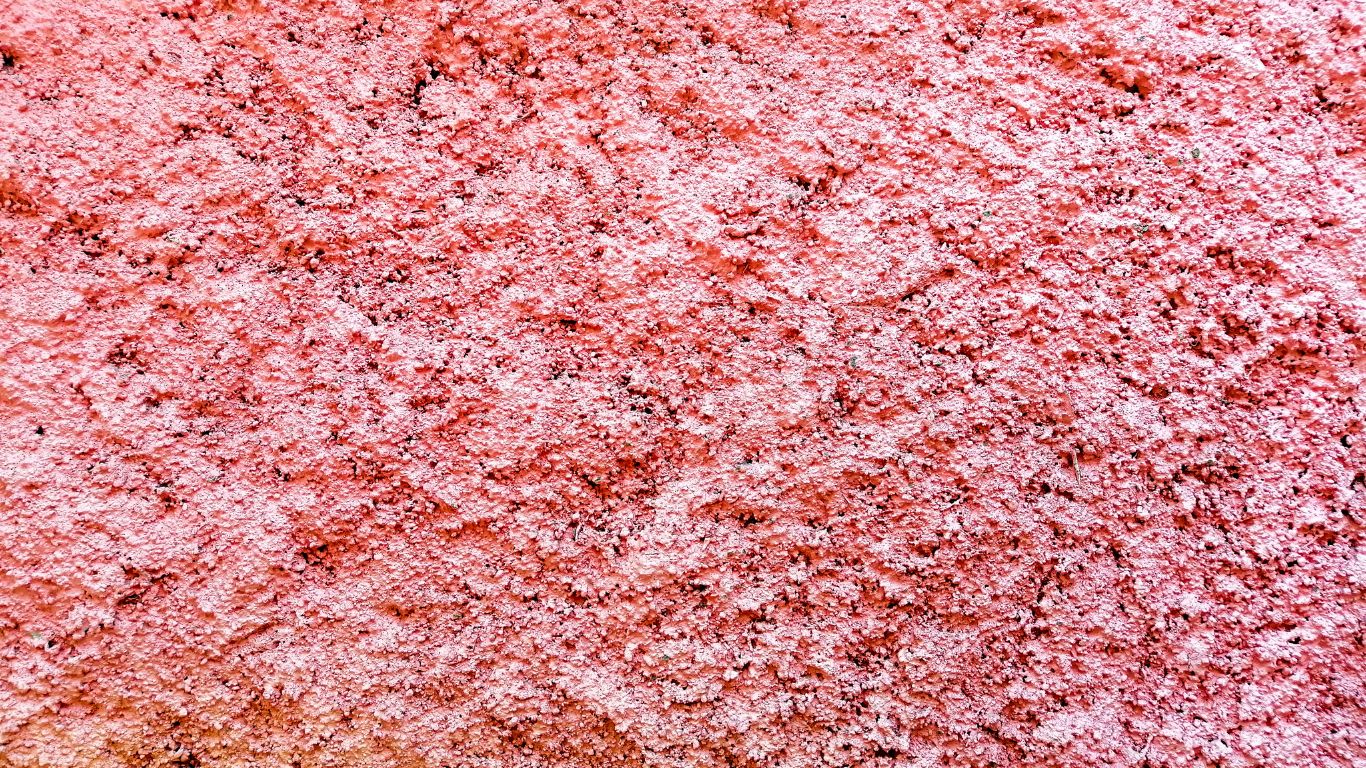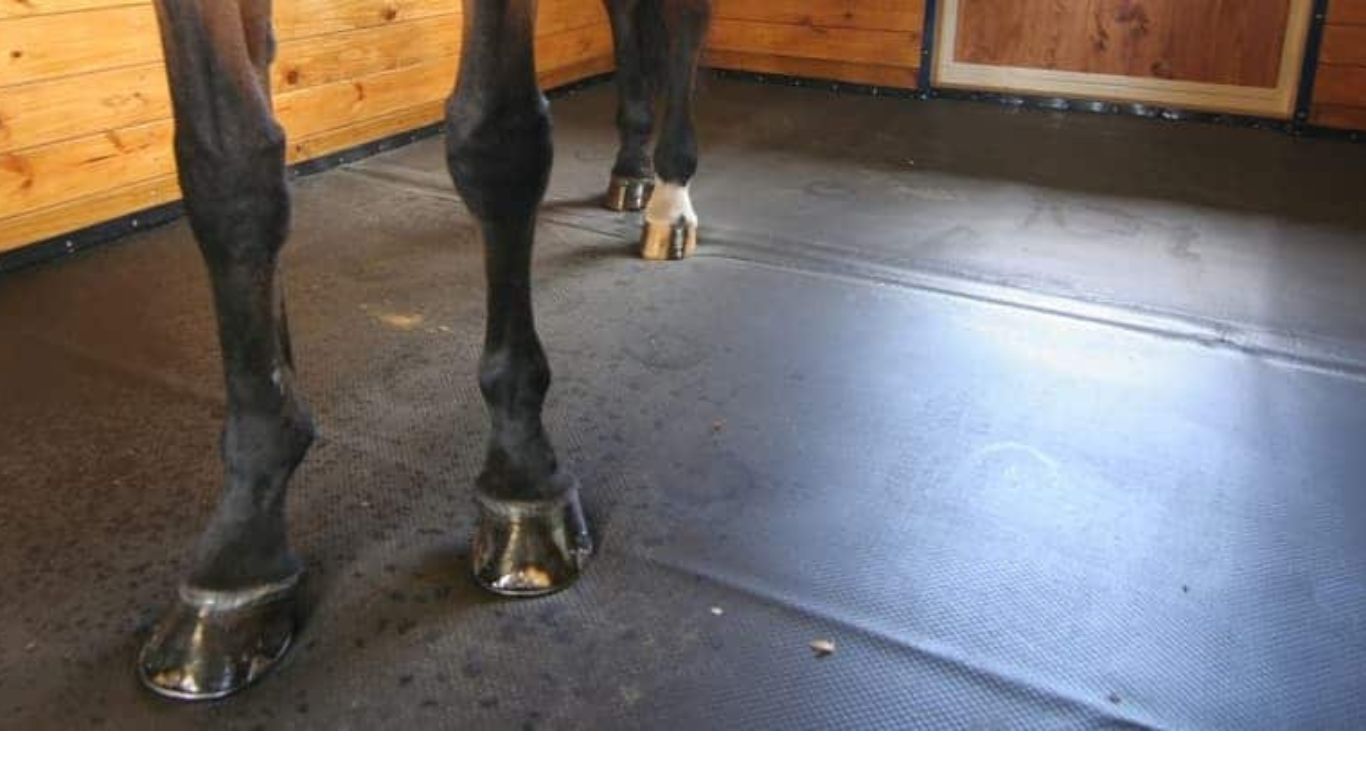Crab: 25 Fascinating Facts About These Remarkable Creatures

Crab are among the most recognizable marine animals. With their hard shells, pincers, and side-to-side walk, they captivate both scientists and beachgoers alike. But what makes crabs so intriguing? These crustaceans play vital roles in their ecosystems while boasting a variety of unique adaptations that allow them to thrive in diverse environments. This article dives deep into the fascinating world of crabs, exploring their behaviors, habitats, and importance in the natural world.
Crab Basics: Understanding These Amazing Creatures
Crabs belong to the order Decapoda, which includes other crustaceans like lobsters and shrimp. With over 6,800 known species, crabs can be found in oceans, freshwater bodies, and even on land. Their hard exoskeleton, called a carapace, protects them from predators while allowing for mobility. Underneath, they have ten legs, with the front two modified into claws known as chelae. These claws are essential for feeding, defense, and communication.
Where Crabs Live: A Global Distribution
Crabs inhabit a wide range of environments, from sandy beaches to deep-sea floors. Marine crabs dominate coastal ecosystems, often hiding under rocks or burrowing into sand to avoid predators. Freshwater crabs can be found in rivers and streams, while terrestrial crabs, such as the coconut crab, have adapted to live primarily on land. This adaptability underscores their evolutionary success.
Unique Adaptations of Crabs
Crabs possess several adaptations that help them survive and thrive. Their sideways walking, facilitated by hinged legs, allows for quick movements in tight spaces. Additionally, crabs can regenerate lost limbs, a process that ensures survival even after predatory encounters. Some species, like the decorator crab, use camouflage by attaching seaweed and shells to their bodies, blending seamlessly into their surroundings.
The Importance of Crabs in Marine Ecosystems
Crabs play critical roles in maintaining ecological balance. As scavengers, they feed on dead animals and organic matter, recycling nutrients back into the ecosystem. Many species also aerate the seabed by digging burrows, which helps improve water quality. Furthermore, crabs serve as a food source for various predators, from fish to seabirds, emphasizing their importance in the food chain.
Crabs and Their Remarkable Behaviors
Crab behavior is as fascinating as their biology. They communicate through a combination of sounds, gestures, and chemical signals. Male crabs often perform elaborate courtship dances to attract mates, waving their claws in rhythmic displays. Some species migrate long distances to specific breeding grounds during mating, showcasing remarkable navigation skills.
How Crabs Protect Themselves
Survival in the wild is difficult, yet crabs have developed effective defense mechanisms. Beyond their hard shells, which act as armor, their claws are formidable weapons. Some species, like the fiddler crab, rely on size to intimidate rivals and predators. Others, like the ghost crab, depend on their speed to escape threats quickly.
Crab Species: A Diversity of Shapes and Sizes
From the tiny pea crab, measuring just a few millimeters, to the massive Japanese spider crab with a leg span of up to 12 feet, crabs come in all shapes and sizes. Each species has unique traits, reflecting its habitat and lifestyle. The hermit crab, for instance, uses abandoned shells for protection, while the king crab is prized for its culinary value.
The Role of Crabs in Human Culture
Crabs have been part of human culture for centuries. They appear in myths, zodiac signs, and culinary traditions worldwide. In places like Japan and Alaska, crabs are celebrated in festivals, highlighting their cultural and economic significance. Beyond their symbolism, crabs contribute to local economies through fishing and tourism.
Challenges Faced by Crabs
Despite their resilience, crabs face numerous threats. Habitat loss due to coastal development and pollution has reduced their populations in many areas. Climate change, resulting in ocean acidification and rising temperatures, further endangers their habitats. Overfishing also poses a significant threat, especially for species like the blue crab and snow crab, which are harvested extensively.
Conservation Efforts for Crabs
Conservation programs are crucial for ensuring the survival of crab populations. Marine protected areas, sustainable fishing practices, and habitat restoration projects have proven effective in safeguarding these crustaceans. Raising awareness about the ecological importance of crabs can also inspire communities to take action in preserving their habitats.
The Fascinating Life Cycle of a Crab
Crabs have a complex life cycle, beginning as tiny larvae that drift with ocean currents. Over time, they undergo several molts, shedding their exoskeletons to grow. This process continues throughout their lives, allowing them to reach their full size. Understanding their life cycle provides insights into their growth patterns and reproduction strategies.
Crabs as a Source of Inspiration
The ingenuity of crabs has inspired innovations in engineering and robotics. Their ability to maneuver in tight spaces has influenced the design of search-and-rescue robots. Additionally, their durable exoskeletons serve as a model for developing stronger materials in construction and manufacturing.
Crabs and the Food Industry
Crabs are a culinary delicacy enjoyed worldwide. From soft-shell crabs in sandwiches to steamed blue crabs served with Old Bay seasoning, they are a versatile ingredient. However, sustainable harvesting practices are essential to prevent overexploitation and ensure future generations can enjoy these delicious crustaceans.
Crab Habitats: Preserving Their Homes
The health of crab populations is directly tied to the quality of their habitats. Mangroves, coral reefs, and seagrass beds provide essential shelter and food sources for crabs. Protecting these environments from degradation is vital for their survival.
Crabs and Their Molting Process
Molting is a critical part of a crab’s life. To grow, crabs must shed their exoskeleton, a process that leaves them vulnerable to predators. During this time, they often hide until their new shell hardens. This natural process highlights their resilience and adaptability.
Crabs in Aquariums
Keeping crabs as pets has become increasingly popular. Species like the red-clawed crab and the Halloween crab are favored for their vibrant colors and fascinating behaviors. Providing them with a suitable habitat, including proper substrate and water conditions, is essential for their well-being.
The Role of Crabs in Traditional Medicine
In some cultures, crabs are believed to have medicinal properties. Their shells are used in traditional remedies to treat ailments, while their blood, rich in copper, has been utilized in medical research for detecting bacterial contamination.
Crabs and Their Incredible Migration
Certain crab species, such as the red crabs of Christmas Island, undertake awe-inspiring migrations. These crabs move en masse from forests to the sea to breed, creating one of nature’s most spectacular events. Their migrations are a testament to their instinctual drive and perseverance.
Crabs and Climate Change
Rising sea levels and warmer ocean temperatures significantly affect crab populations. Changes in water acidity can weaken their shells, making them more vulnerable. Addressing climate change is crucial for protecting their future.
How Crabs Contribute to Coastal Stability
By burrowing and scavenging, crabs help stabilize coastal ecosystems. Their activities prevent erosion and promote the health of marine habitats, underscoring their importance beyond mere biodiversity.
Crabs in Art and Literature
Crabs have been a source of inspiration for artists and writers. Their intricate designs and unique behaviors make them a favorite subject in art, while their symbolism often represents resilience and adaptability in literature.
The Future of Crabs
While challenges persist, the future of crabs depends on collective efforts to protect their environments. Through research, conservation, and sustainable practices, we can ensure that these remarkable creatures continue to thrive.
FAQs
What do crabs eat?
Crabs are omnivores, feeding on plants, algae, small fish, and decaying organic matter.
How long do crabs live?
The lifespan of crabs varies by species, ranging from 1 to 30 years.
Why do crabs walk sideways?
Crabs walk sideways due to the structure of their legs, which are hinged to move in that direction efficiently.
What is the largest species of crab?
The Japanese spider crab holds the title, with a leg span of up to 12 feet.
Can crabs live out of water?
Some crabs, like the coconut crab, can survive on land, but most require water to breathe.
Why do crabs molt?
Molting allows crabs to grow by shedding their hard exoskeleton and forming a new, larger one.










